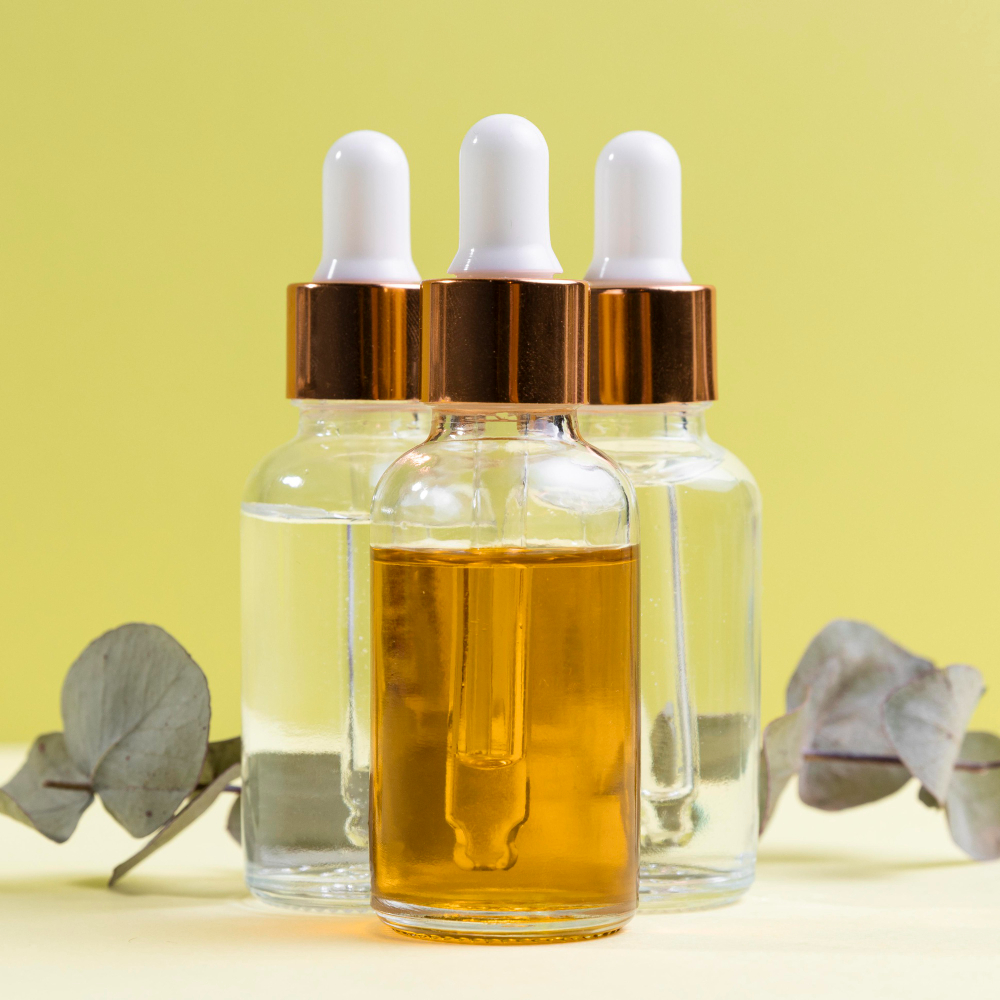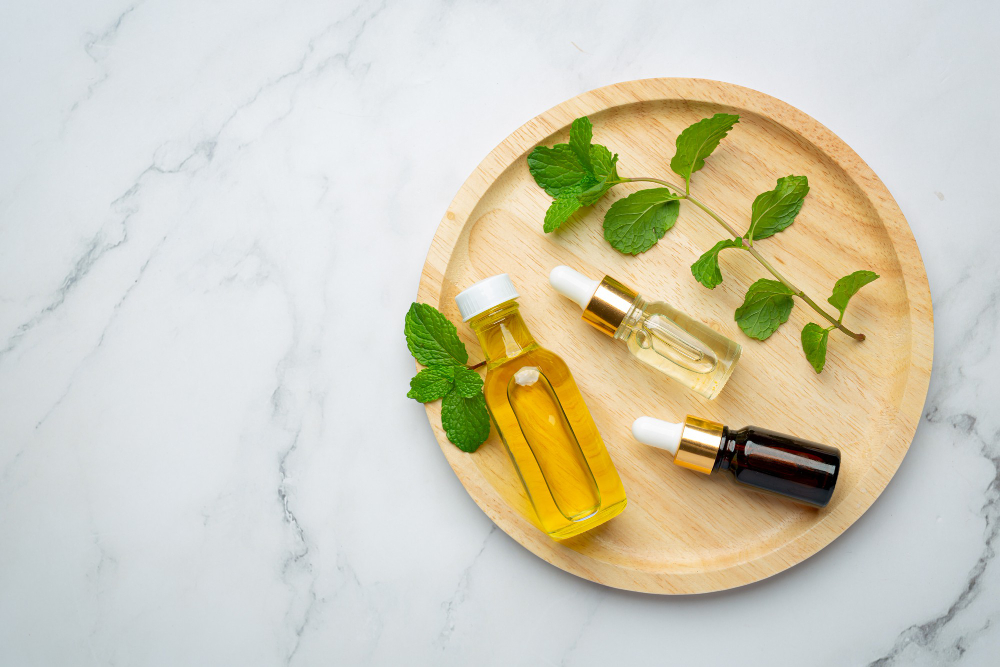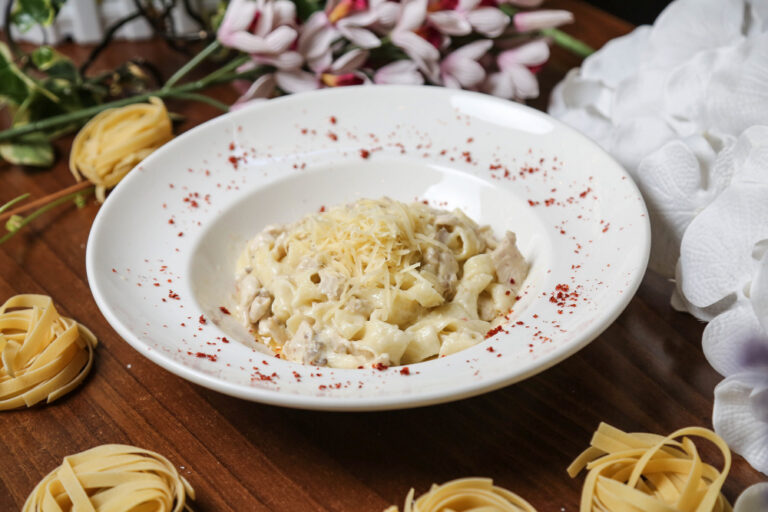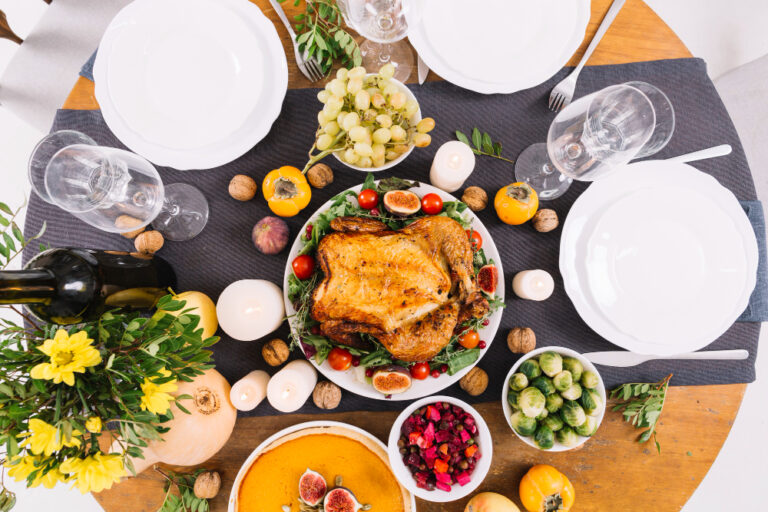
Introduction
Oil nased food coloring is a substance that paints food. It is used to look for our food and drinks more attractive or fun. Imagine cutting or drinking soda in a brown cake – not very interesting, okay? The same place comes in the color of food!
People have been adding oil based food oloring to their food for thousands of years. In the past, they used natural ingredients such as a leash or saffron. Today, we have many powers both natural and artificial.
Food coloring comes in several forms:
1. Liquid: This is the most common type you will find in grocery stores. It is easy to use in water -based and many recipes.
2. Gel: These are more concentrated by liquid colors. They are great to get dynamic colors without adding more liquid to your prescription.
3. Powder: Dry dye that is perfect for dry mix perfect or when you don’t want to add any moisture.
4. Natural: Made of fruits, vegetables and spices. They are becoming more popular as people look for alternatives to artificial colors.
5. Oil-based: It is a special type of food color that works well with fat and oil. It is especially useful for colored chocolate, candy and frosting.
All kinds of food color are their own strength and excellent use. In this post, we are going to focus on the color of oil -based food. We will discover what it is unique, how it works, and why you can choose to use it in your cooking or baking projects.
By understanding the oil based food coloring, you will be able to produce colorful behavior that cannot be possible with another type of color. So, let’s dive and learn everything about this exciting ingredient!
What is Oil Based Food Coloring?
Definition and basic description
Oil -based food color is a type of food dye that uses oil as a base instead of water. It is made by suspending colorful pigments in the middle of the oil, creating a product that is easily mixed with fat and oil but does not mix with water.
Comparison to water-based food coloring
Unlike water -based food color, which dissolves in water and water -based liquids, mixed with oil -based colorful fat and oil. It makes the Ideal ideal used in high -fat material recipes where water -based colors cannot work better.
Ingredients in Oil Based Food Coloring
Main components
1. Oil: The color acts as a base or carrier for pigments.
2. Colorants: These can be artificial colors or natural pigments that provide original colors.
Common types of oils used
– Vegetable oil
– Coconut oil
– Palm oil
– Sunflower oil
The choice of oil depends on factors such as shelf stability and how it affects the structure and taste of the final product.
How Oil Based Food Coloring Works.
Explanation of how it mixes with fats and oils.
The oil based food coloring works on the principle that “dissolves.” Since it is made with an oil base, it is easily combined with other fat and oils in recipes. When you add it to molten chocolate or butter -based frosting, it is easily found without catching or separating the mixture.
Why it doesn’t dissolve in water.
Oil and water are not found due to their various molecular structures. Oil -based food color, mainly made of oil, will not dissolve or disperse water. This property is the one that makes some applications special and useful.
Benefits of Using Oil Based Food Coloring.
1. Vibrant colors in fatty foods:It provides full, severe color in high -fat foods where water -based colors cannot work well.
2. Doesn’t add moisture to recipes: This is very important in recipes where additional moisture can cause problems, such as chocolate work.
3. Long shelf life: Oil -based colors usually live longer than water -based people as bacteria are less likely to increase oils.
Common Uses for Oil Based Food Coloring.
1. Chocolate and candy making: It paints chocolate without dyeing.
2. Frosting and icing:Particularly good for buttercream and other fat -based frosting.
3. Cake batters and other baked equipment: The batsmen can be used to paint without adding additional liquids.
How to Use Oil Based Food Coloring.
Basic steps for adding it to recipes.
1. Start in small quantities and slowly add more until you get the desired color.
2. Mix well to ensure distribution.
3. For chocolate, add colors to molten chocolate and stir well.
Tips for getting the right color intensity.
– The colors in the bottle can look dark than your last product.
– Check a small amount first before dyeing your whole batch.
– Remember that some colors may change slightly during baking or heat exposure.
Precautions and Storage.
How to handle and store safely.
– Keep a cool, dry place away from direct sunlight.
– Always use clean utensils to prevent pollution.
– After each use, close the container firmly.
Shelf life information.
Oil-based food dyeing usually has a long shelf life, often 2-3 years if it is properly stored. Always check the expiry date on the package.
Comparison with Water Based Food Coloring.
When to use oil-based vs. water-based.
-Use oil based on high fat recipes, chocolate work, or when you don’t want to add moisture.
-Use water based on general baking, frosting that are not fat -based, and when the hobby or the paste paste color.
Pros and cons of each.
Oil -based profession: works well with fat, moisture, long shelf does not increase life.
Oil -based Cos: More expensive, limited color range, can be difficult to find.
Water -based profession: Widely available, easy to use, mostly in recipes.
Water -based favorable: Unwanted moisture can add, not well working in high fat recipes.
Conclusion.
Recap of main points.
Oil -based food coloring is a special tool in the baker and the confectioner tool cut. This is especially useful of high -fat food colors, does not add moisture to recipes, and has a long shelf life. Although it may not be like a water -based colorful, it takes the lead in specific applications such as chocolate work and oil -based frosting.
Encouragement to try oil-based food coloring
If you have never used an oil -based food coloring before, why not try it? This can only be what you need to treat your chocolate treatment or color frosting to the next level. Experience in small quantities first, and soon you will be making dynamic color configurations like Pro!
Suggestions:
How to make quick and easy bread.



